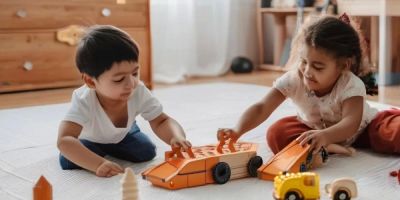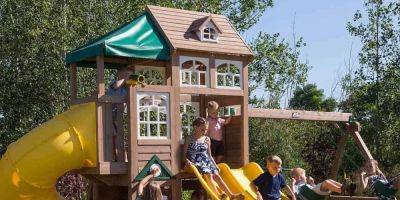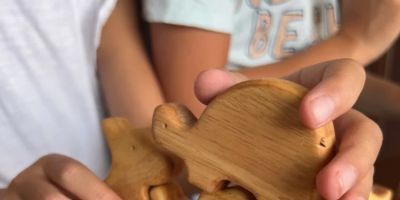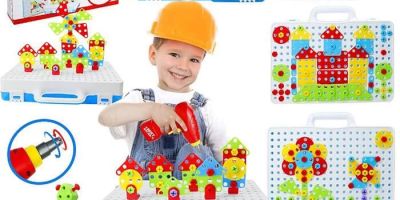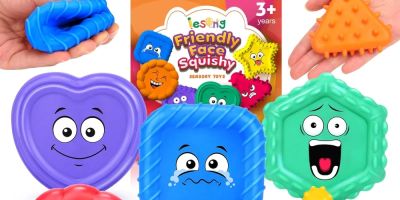- 1-Why-Independent-Play-Matters-for-Kids
- 2-Characteristics-of-the-Best-Toys-for-Independent-Play
- 3-Top-Toy-Types-that-Encourage-Independent-Play
- 4-How-to-Choose-Age-Appropriate-Independent-Play-Toys
- 5-Real-Life-Examples-of-Independent-Play-Benefits
- 6-Where-to-Find-the-Best-Independent-Play-Toys
1. Why Independent Play Matters for Kids
Independent play is a crucial part of childhood development, fostering creativity, problem-solving skills, and self-confidence. When kids engage in play by themselves, they learn to explore their interests, manage challenges, and entertain themselves without relying solely on adult interaction. This nurtures autonomy and prepares them for more complex social and cognitive tasks.
Parents and educators increasingly recognize the value of encouraging independent play, which balances social activities and screen time. The best toys for independent play in kids serve as catalysts for this vital developmental stage, providing engaging opportunities that hold a child's attention and stimulate their imagination.
2. Characteristics of the Best Toys for Independent Play
Choosing the best toys for independent play means looking for items that are safe, stimulating, and open-ended. These toys should encourage exploration and creativity rather than having a single fixed purpose. Toys made from natural materials or those that can be used in multiple ways often engage children longer and foster deeper learning.
Durability and ease of use also matter. Toys that are too complex or require constant adult supervision may discourage independent play. Conversely, toys that are too simple might fail to hold interest. The ideal balance creates an environment where kids feel empowered to direct their own playtime.
3. Top Toy Types that Encourage Independent Play
Several types of toys stand out as particularly effective for promoting independent play. Building blocks and construction sets stimulate creativity and fine motor skills, allowing children to invent structures and scenarios. Puzzles challenge cognitive skills and perseverance, providing satisfying problem-solving experiences.
Art supplies and open-ended craft kits encourage self-expression, while imaginative toys like dolls, action figures, and play kitchens let children role-play and explore social narratives independently. Additionally, sensory toys and interactive books engage multiple senses, enhancing concentration.
4. How to Choose Age-Appropriate Independent Play Toys
Matching toys to a child’s developmental stage is essential for successful independent play. Younger children benefit from large, colorful, and tactile toys that encourage exploration, while older kids thrive with more complex puzzles, science kits, or building sets. Paying attention to recommended age ranges helps ensure safety and engagement.
Parents should also consider individual preferences and temperaments, as some children gravitate toward artistic activities while others prefer mechanical or sensory play. Offering a variety of toys can support diverse interests and maximize opportunities for independent play growth.
5. Real-Life Examples of Independent Play Benefits
Jessica, a mother of two, noticed a significant boost in her daughter’s confidence and creativity after introducing a collection of open-ended toys from Knight Toys designed for solo play. Over several months, her child developed problem-solving skills and spent longer periods deeply engaged, reducing screen time and improving focus.
Such real-world examples demonstrate how the right toys can transform independent play into a powerful developmental tool, supporting children’s emotional and intellectual growth in fun and meaningful ways.
6. Where to Find the Best Independent Play Toys
For parents and caregivers seeking the best toys for independent play in kids, Knight Toys offers a curated selection of high-quality, engaging products. Whether you’re looking for educational building sets, sensory toys, or creative kits, Knight Toys provides trusted recommendations and exceptional customer service to help you choose the perfect toys for your child’s developmental needs.
Investing in well-chosen independent play toys encourages healthy growth and joy in every child’s playtime.

